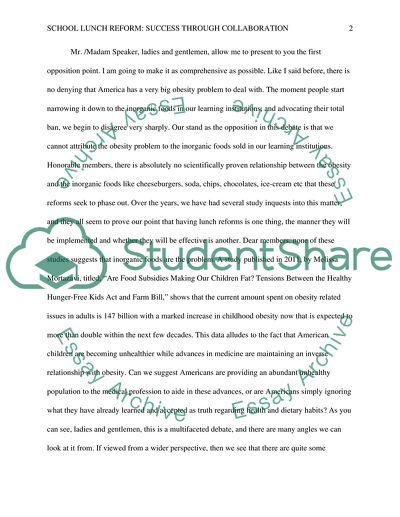Cite this document
(School Lunch Reform Personal Statement Example | Topics and Well Written Essays - 3250 words, n.d.)
School Lunch Reform Personal Statement Example | Topics and Well Written Essays - 3250 words. Retrieved from https://studentshare.org/education/1868886-debate-that-healthy-food-should-not-be-the-only-thing-served-at-schools
School Lunch Reform Personal Statement Example | Topics and Well Written Essays - 3250 words. Retrieved from https://studentshare.org/education/1868886-debate-that-healthy-food-should-not-be-the-only-thing-served-at-schools
(School Lunch Reform Personal Statement Example | Topics and Well Written Essays - 3250 Words)
School Lunch Reform Personal Statement Example | Topics and Well Written Essays - 3250 Words. https://studentshare.org/education/1868886-debate-that-healthy-food-should-not-be-the-only-thing-served-at-schools.
School Lunch Reform Personal Statement Example | Topics and Well Written Essays - 3250 Words. https://studentshare.org/education/1868886-debate-that-healthy-food-should-not-be-the-only-thing-served-at-schools.
“School Lunch Reform Personal Statement Example | Topics and Well Written Essays - 3250 Words”, n.d. https://studentshare.org/education/1868886-debate-that-healthy-food-should-not-be-the-only-thing-served-at-schools.


